Former Merrimack Valley sprinter, Seth Baylus, could become the youngest Team USA Bobsled Olympian in 2026
| Published: 12-21-2024 8:00 AM |
Merrimack Valley’s former sprinting star Seth Baylus is breaking, or maybe we should say “braking,” away from his track career with the goal of becoming the youngest member of Team USA’s bobsled crew with his sights set on the 2026 Winter Olympics.
And, if his practice times hold, he has a decent chance of making it, a thought backed by teammates and coaches.
But how does one make what may seem like a unique jump from sprinting to being a bobsled brakeman – the last member of the four-person team to push and then hop in the back of the sled before it careens down its icy shoot upwards of 90 mph?
That part of the story hinges on the advice of a sports scientist hundreds of miles away from the Granite State at the University of Nebraska.
Baylus was recruited by the school for his sprinting prowess after shattering multiple state records while in high school. But then came the part that likely makes most athletes cringe – an injury and then, after healing from that one, another.
The first came his freshman year when he suffered acute injuries and heart complications. He also had COVID-19 twice, he said.
Baylus pushed through to make his return sophomore year, only to tear his hip labrum during his first meet, which left him unable to walk without pain.
Then comes the next natural question: Why, after suffering back-to-back injuries, would Baylus then turn to bobsledding, a dangerous and expensive sport?
Article continues after...
Yesterday's Most Read Articles
 What to know about the plan to allow students to attend any public school in the state
What to know about the plan to allow students to attend any public school in the state
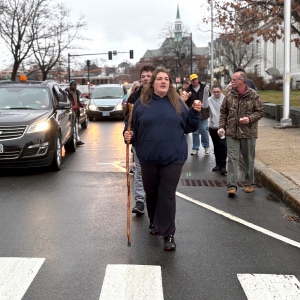 ‘He went home’: Remembering Rodney Moody, ‘the mayor’ of Concord’s homeless community
‘He went home’: Remembering Rodney Moody, ‘the mayor’ of Concord’s homeless community
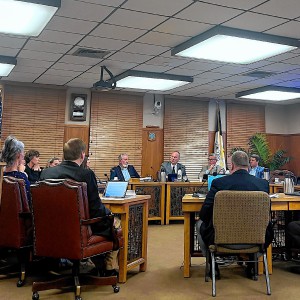 Ethics complaint about Beaver Meadow Golf Course board handed off to Concord City Council
Ethics complaint about Beaver Meadow Golf Course board handed off to Concord City Council
 Opinion: Delivering terror by email
Opinion: Delivering terror by email
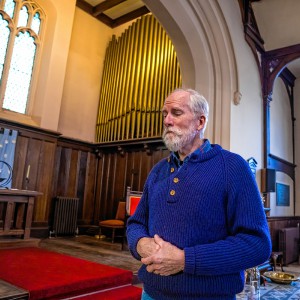 A Franklin congregation loves its 19th-century home. Insurance woes could spell its decline.
A Franklin congregation loves its 19th-century home. Insurance woes could spell its decline.
Easy: The sports scientist told him others had also lunged over that hurdle. Plus, his love of sprinting was waning as the injuries took a toll on his mental health and he thought maybe it was time to give something else a try.
A trip to the Olympic facilities in Lake Placid, New York pushed his new goal forward.
“Coming out to Lake Placid, New York, and trying out for a new sport, there’s guys that played high-level D1 football, lacrosse and hockey and this and that,” he said. “Professional athletes, guys that were in the NFL, XFL, it was pretty daunting. But once I got going in the sport, I saw that I had potential to match them or surpass them, and I got really focused on what I can do in the sport.”
He threw himself into bobsledding wholeheartedly. Baylus is now competing as a brakeman alongside a young pilot his same age, Grady Mercer. They’re the two youngest bobsledders from Team USA in the North American circuit, and that’s because bobsledding is not just about going fast but having the strength and mass to propel the sled from the start while staying safe during the ride.
Baylus has traveled all over the continent since that rookie camp in Lake Placid. He has already been up to Whistler in Canada, Park City, Utah and has more events upcoming after the holidays.
The big event for Baylus is the Push Championships, which last happened before his rookie camp. Team USA will usually take the best nine to 12 pushers from this competition, and if Baylus’ rookie camp push time would have counted, he would have placed sixth.
The next step for him is to continue to improve and earn his spot next fall.
But for those who aren’t familiar, bobsledding takes its toll physically, and differently from sprinting in track.
Baylus said he’s put on 25 pounds since his first rookie camp to withstand the pains of being on the sled and the G-forces experienced during each run. He’s not just bulking up, rather, he’s becoming a more powerful runner because as a brakeman he’s the last one in the sled.
“It’s important to be a bit heftier for safety purposes, in order to be in the sled and get thrown around and not break bones,” Baylus said. “Because people break bones and you get spiked by your teammates, it’s going to happen when you’re all getting thrown around at 90 miles an hour. There’s not much you can do about it, and keeping your head safe, because concussions are a big part of it.”
The last one in the sled always bears the brunt of the sled’s motions and it’s not healthy to rattle your head in a sled every day, so every team always has a backup brakeman. They train in groups of five, a pilot and multiple crewmen including brakemen who all live, sleep, travel and eat together.
On top of that, bobsledding is expensive, especially for a 20-year-old. Baylus explained that most bobsledders have the physical maturity and financial ability, even with sponsorships, to compete full-time in their late 20s or early 30s.
He was graciously given access to Nebraska’s weight room for the time being, but now plans to move home to New Hampshire to take a break from school so that he can fund his bobsledding career.
A GoFundMe page has also helped move the needle on the financial aspect of his career. Baylus thought back to how, in high school, a crowdfunding campaign helped allow his team to head to nationals. Now, he’s seeing similar support.
“The GoFundMe that we have set up is already passing what I expected, and they’ve always been there for me, whether it be financially or in spirit, just supporting me and words of kindness and everything,” he said. “So I was very, very grateful for that. It means a lot to me.”
Alexander Rapp can be reached at arapp@cmonitor.com

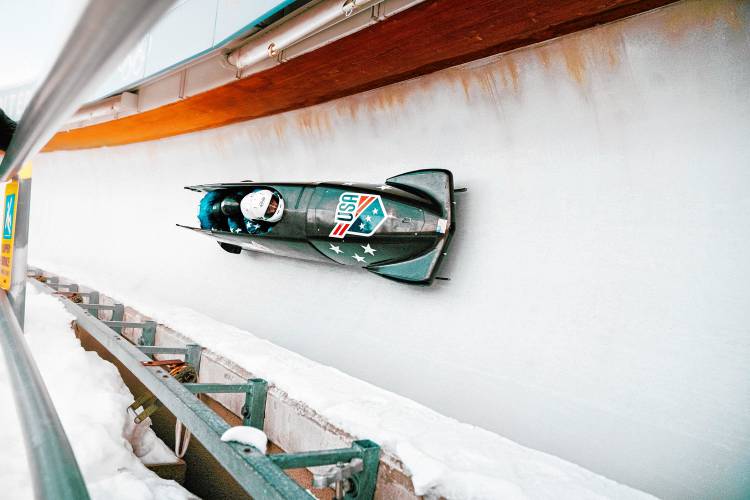
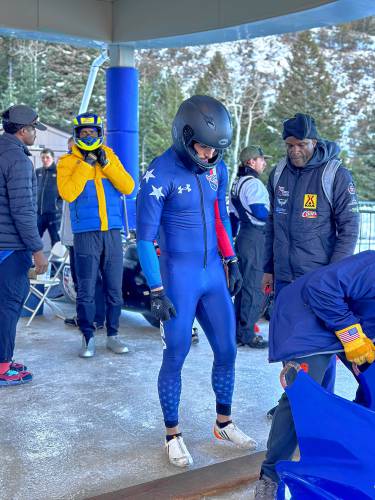






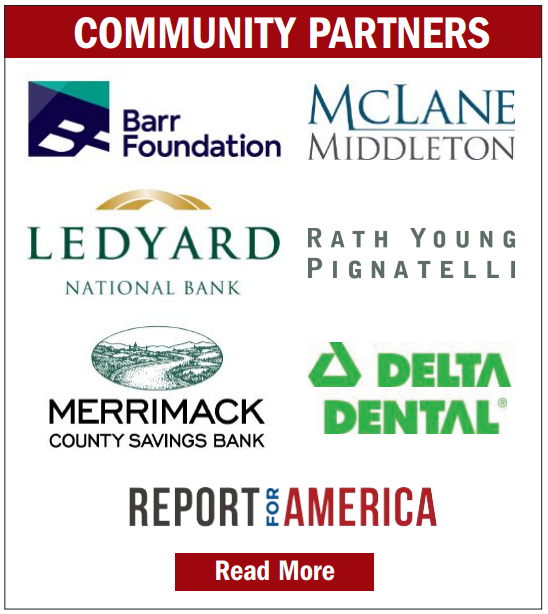
 Bow police to purchase drone for improving public safety
Bow police to purchase drone for improving public safety
